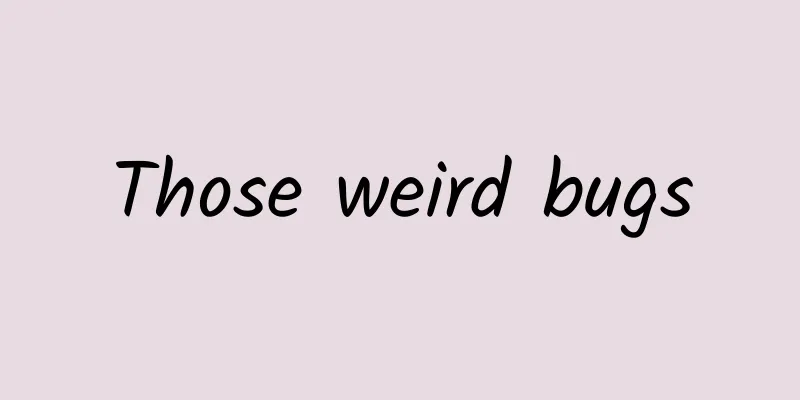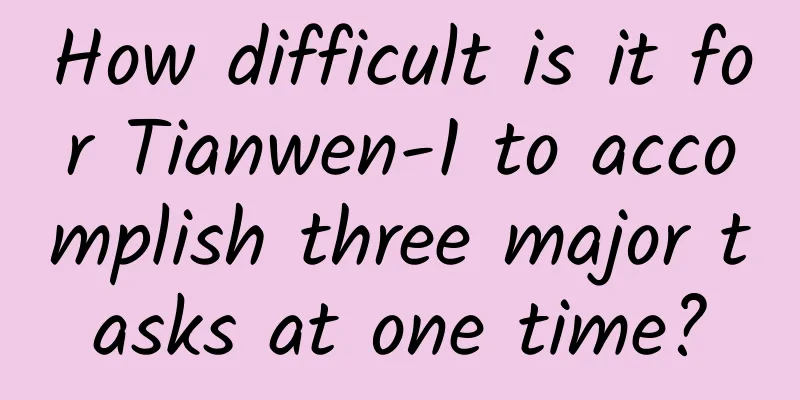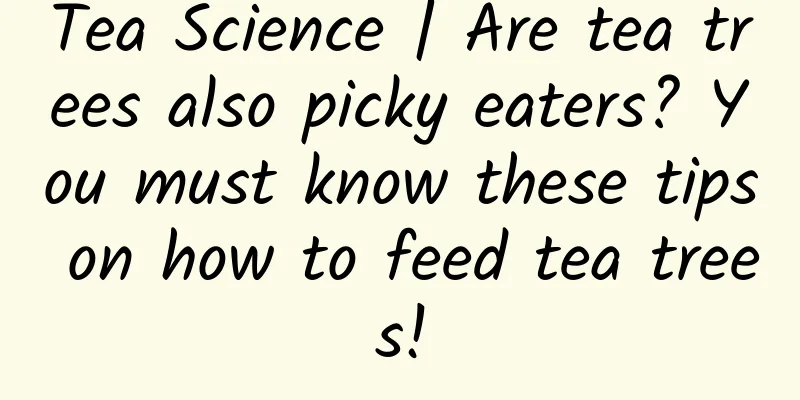[Creative Cultivation Program] In a hundred years, will humans be unable to see a single star? Light pollution harms more than just astronomical observations
![[Creative Cultivation Program] In a hundred years, will humans be unable to see a single star? Light pollution harms more than just astronomical observations](/upload/images/67f25b167f7e6.webp)
|
Author: Fan Zhou Why can we see few stars in the city center, but can see so many stars and the beautiful Milky Way in the suburbs or mountains? The brightly lit night scene of the city makes the starry sky dim. Here we need to introduce a concept called signal-to-noise ratio , which is the ratio of signal to noise. We know that the brightness of the stars themselves has not changed, whether in the city or in the suburbs. Whether they can be seen is mainly affected by noise such as light pollution. The night sky light in the city is much brighter than the sky light in the suburbs, so the signal-to-noise ratio of the same star is greatly reduced. If the signal-to-noise ratio is lower than the detection limit of the human eye or telescope, the star cannot be seen. This is why the Milky Way and dark stars cannot be seen in the city. Therefore, astronomical observations will be greatly affected by light pollution. Telescopes are usually built where weather conditions are good, atmospheric clipping is low, and the sky background is dark. Artificial light can seriously illuminate the night sky. When observing a faint object, the exposure time required to achieve a given signal-to-noise is generally proportional to the intensity of the sky background. If light pollution increases the total skylight in the night sky, then the additional exposure time required will greatly reduce the efficiency of observation. As a result, only a small amount of scientific research can be completed using (expensive) telescope time, and the faintest objects cannot be observed at all with sufficient exposure time. This is the impact of light pollution on astronomical observations. Over the past century, the introduction and rapid development of artificial light sources at night (ALAN) worldwide has brought many benefits to mankind, thereby improving the safety of human activities at night and reflecting the level of development of urban and rural areas to a certain extent. But at the same time, too much artificial light at night has also brought too much light pollution to our night sky, exceeding the actual lighting needs. In addition, it has also brought new challenges and threats to the health of many organisms in the natural environment and the built environment. Studies have shown that artificial light at night is a pollutant and should be controlled. Because humans, flora and fauna are deeply affected by the alternation of day and night. In fact, light pollution is a general term for the side effects of artificial light sources at night. A more accurate description is the design of lighting installations that emit light beyond the boundaries of the lighting equipment. It can cause interference, discomfort, distraction, or hinder the acquisition of information. Light pollution in a broad sense refers to the phenomenon caused by artificial light sources that violates people's physiological and psychological needs or is detrimental to physiological and mental health. It includes glare pollution, radiation pollution, light flooding, visual monotony, visual shielding, stroboscopic light, etc. Scattering is an important process for the sky to brighten. If the light source is directed upward, this effect will be more serious, but even if the light is only directed vertically downward, the reflection from the ground will increase the brightness of the sky. Since vertically emitted photons may escape into space, horizontally emitted photons, even at a lower light intensity, contribute more to the clouds than vertically emitted photons. More and more scholars believe that light pollution not only directly affects the health of residents, but also destroys and interferes with the foraging, mate search and mating of insects and birds, as well as some marine organisms. It even has a serious impact on human life and health. For example, the impact on melatonin secretion can lead to sleep disorders, as well as obesity, depression, diabetes, breast cancer, etc. From the perspective of protecting biodiversity and ecosystems, it is urgent to study and control light pollution. The expansion of human activities into even the most remote places, the growth of the world's population and economic development, and the reduction in the cost of providing outdoor lighting have led to an exponential increase in the global average artificial sky light. The extra light in the sky obscures faint objects that provide critical scientific information about the origin of the universe and life. To protect access to the dark night sky, the growth of interfering light needs to be controlled in areas where major astronomical research telescopes are located. Dark sky protection should be promoted and popularized among primary and secondary school students. Lectures and courses can be used to let students understand the importance of dark sky protection, and quantitative measurement and monitoring can also be carried out through some activities. Based on the definition of magnitude, we can measure the level of nighttime light pollution in a region by measuring the limiting magnitude on a clear night, that is, visually observing the number of stars in a specific area of the sky. The International Meteor Organization (IMO) provides a more convenient visual measurement method, which enables this work to be widely carried out among primary school students. The International Dark-Sky Association (IDA) is an international non-profit organization based in Tucson, Arizona, USA, founded in 1988. IDA's mission is to protect the night environment and dark skies through outdoor lighting. The main approach will be to enhance the value of dark sky and encourage their protection and restoration through education, including considering how to make lighting equipment produce less light pollution. IDA had about 5,000 members in 70 countries in 2008. IDA-certified international dark-sky protected areas include: International Dark Sky Parks, International Dark Sky Communities, International Dark Sky Sanctuaries, International Dark Sky Sanctuaries and International Dark Sky Protected Areas. In 2001, IDA launched the International Dark-Sky Places Program to encourage communities, parks, and protected areas around the world to preserve and protect dark sky places through responsible lighting policies and public education. The program considers two settings to recognize outstanding efforts in pursuit of the goal of protecting dark skies: protected places and built environments. Parks and protected areas have reliable lighting controls and active public outreach and education programs to protect dark skies, as well as communities that have high-quality outdoor lighting policies, ensure public lighting complies with those policies, and hold residential and private lighting in compliance. International Dark Sky Places are classified into several categories, including International Dark Sky Parks, International Dark Sky Sanctuaries, International Dark Sky Communities, International Dark Sky Preserves, and Urban Dark Sky Places. Therefore, this requires all sectors of society to unite to protect our beautiful starry sky, communicate and negotiate with local government departments, adopt legislation or transform current lighting facilities to protect the dark sky, so as to develop the dark night economy, dark night tourism and establish dark night protection areas. This article is produced by the Science Popularization China-Creation Cultivation Program. Please indicate the source when reprinting |
Recommend
Be careful, this kind of rescue "trick" can cost someone's life!
Recently, an enthusiastic reader left a message t...
A must-learn for Pinduoduo merchants to open a store, a literacy course for beginners with zero basics (58 video courses)
A must-learn for Pinduoduo merchants to open a st...
Can I visit the cemetery during the Qingming Festival this year? What are the rules for visiting graves? Attached are the latest regulations for various regions in 2022!
The Qingming Festival is just two days away, and t...
Dutch prosecutors formally investigate Suzuki and Jeep emissions cheating
According to Reuters, on July 10, Dutch prosecuto...
CCTV exposed, MIIT released the list! Personal information has become a commodity, and cross-border apps are becoming a cancer of informatization
Have you ever encountered App permissions that “c...
The first step in product marketing: How to identify competitors?
Recently, I often help some entrepreneurial frien...
Players have never been rich. The civilian route is not the only way out for video games.
I recently read an article titled " Gamers a...
Oyua has confirmed its new owner, Razer. Can it help Android consoles make a successful comeback?
Since Google developed the Android system, it has...
Huawei responds: Support Li Hongyuan in using legal weapons to protect his rights
[[284399]] After leaving the company, former Huaw...
GitLab acquires GitHost, making cloud management more convenient
[[132946]] On April 26, GitLab acquired GitHost. ...
Android View related core knowledge questions and answers
The author shared his understanding of View-relat...
In the face of the great test of the epidemic, how can educational institutions focus on online marketing and promotion?
The sudden outbreak of the pneumonia has brought ...
Meizu Note 2 released: after reflection, it calls itself "imperfect"
Yesterday, Meizu held a new product launch confer...
How does Tik Tok make you addicted?
The world of short videos has never been peaceful...
An in-depth review of the top five WeChat app development IDEs
[[174800]] WeChat Mini Programs have been in beta...









